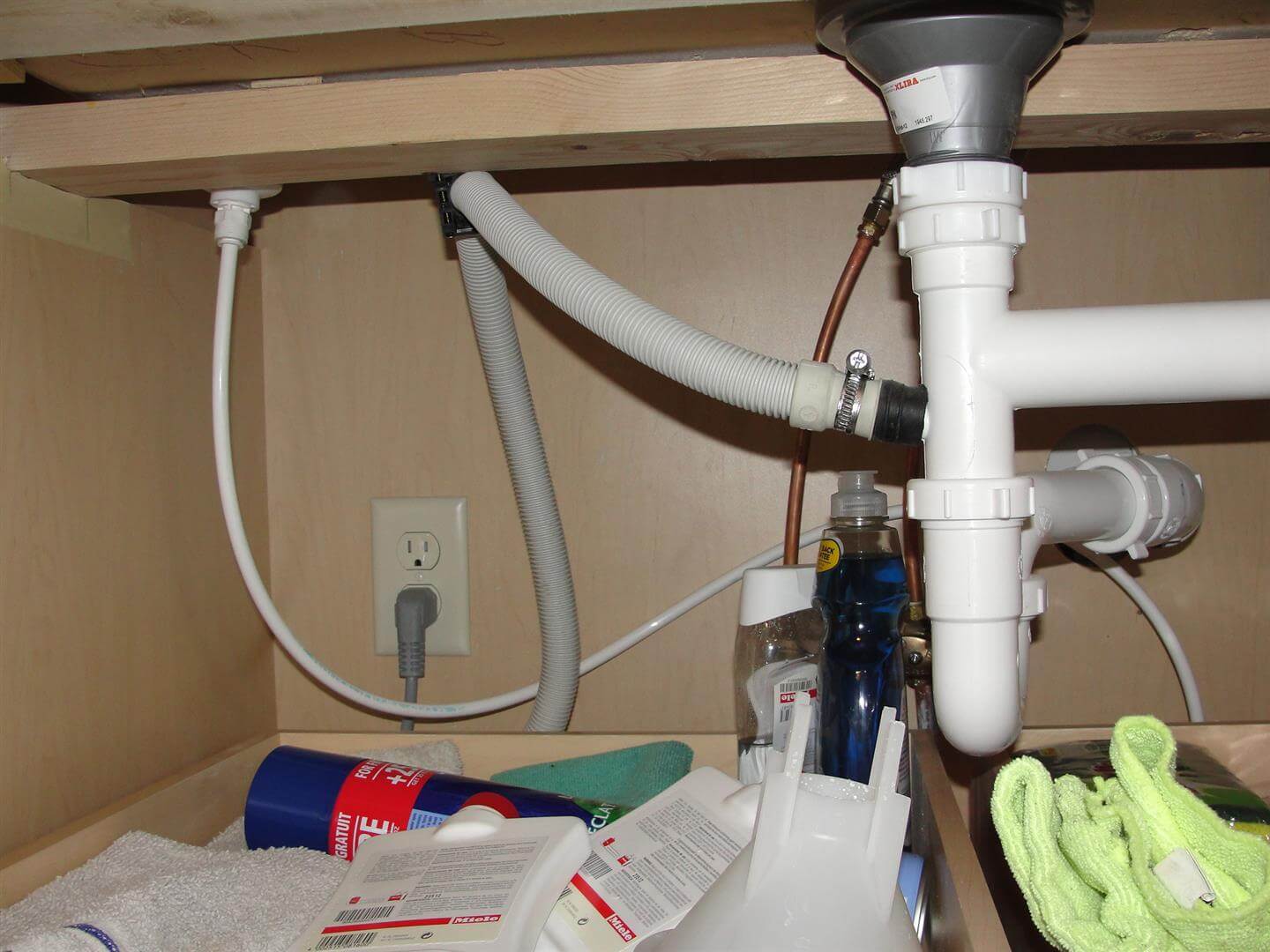Air Gap Device For Water Softener

Please share this video For more great information about water treatment.

How to Choose a Reverse Osmosis Faucet Air Gap vs. Non-Air Gap RO Faucets Other than style and finish, there is only one other major factor to consider when choosing a faucet for your reverse osmosis system: air gap or non-air gap.
In order to decide which type of faucet is right for you, we should first understand what an 'air gap' is, and what it is designed to do (or more accurately, to prevent). An 'air gap' is a very simple concept where a water supply is literally 'dropped' from one tube into another through the air. While there are many uses for an air gap, we will focus on the reverse osmosis application. Air Gaps and RO Units Unlike a cartridge filter, which traps impurities in the filter element, a reverse osmosis unit actually separates out the impurities from the water supply. The impurities are in liquid form and are commonly referred to as 'brine' (which incidentally means salt water). The brine, being in liquid form, must be discharged to a drain.
It is within this drain line that the air gap is introduced. The 'air gap' in an air gap faucet literally has a 1/4' inlet tube which drips the brine across a small orifice (air gap) into a 3/8' outlet tube, which is connected to the sink drain. When to Use an Air Gap Faucet - Under-Sink, Single Point of Use Installations Many RO systems are installed under a kitchen sink, and the brine is discharged into the sink drain. This is the most common scenario where an air gap faucet is recommended, and here is why: For technical reasons beyond the scope of this article, it is possible to create a vaccum in the discharge line of a reverse osmosis system connected to the sink drain. If for some reason, the sink drain happened to be filled with water up to the point at which the RO discharges into the drain, contaminated water from the sink drain could be drawn into the discharge side of the RO system. The solution to this possible condition is to install an air gap in the RO discharge line.
If there is an air gap in the discharge line, and a vacuum is created on the discharge line, a small amount of air (rather than contaminated water) would be pulled back into the drain line. This air would be almost immediately purged when the vacuum was relieved back to the air gap, with no ill consequences. Note two facts about the potential problem solved by the air gap: 1: The potential only exists when the RO system drain is discharged into a common drain with another appliance, or one that may become plugged up to the outlet of the RO drain line.
2: The problem only occurs if the drain is plugged AND there is a vacuum generated on the RO system. This means that you would need to be drawing water from the RO faucet with the sink drain plugged When NOT to use an Air Gap Faucet If your RO unit is not installed near the faucet, an air gap faucet is not for you. The air gap portion of the faucet is designed to be connected to the drain line of the RO unit, and then to the sink drain. If the RO unit is nowhere near the faucet or the sink drain, there is no use for these connections. If your system has multiple points of use, at most ONE of them could optionally be an air gap faucet. Since your RO system has only one discharge (drain) line, there is only a need for one air gap per installed RO system, since there is only one drain line. Autodesk 3ds Max Design 2013 32 Bit Crack Only. Embarcadero Rad Studio Xe 2 Crack. Conclusion In general, an air gap or other backflow prevention device is highly recommended in the discharge line of the RO unit.